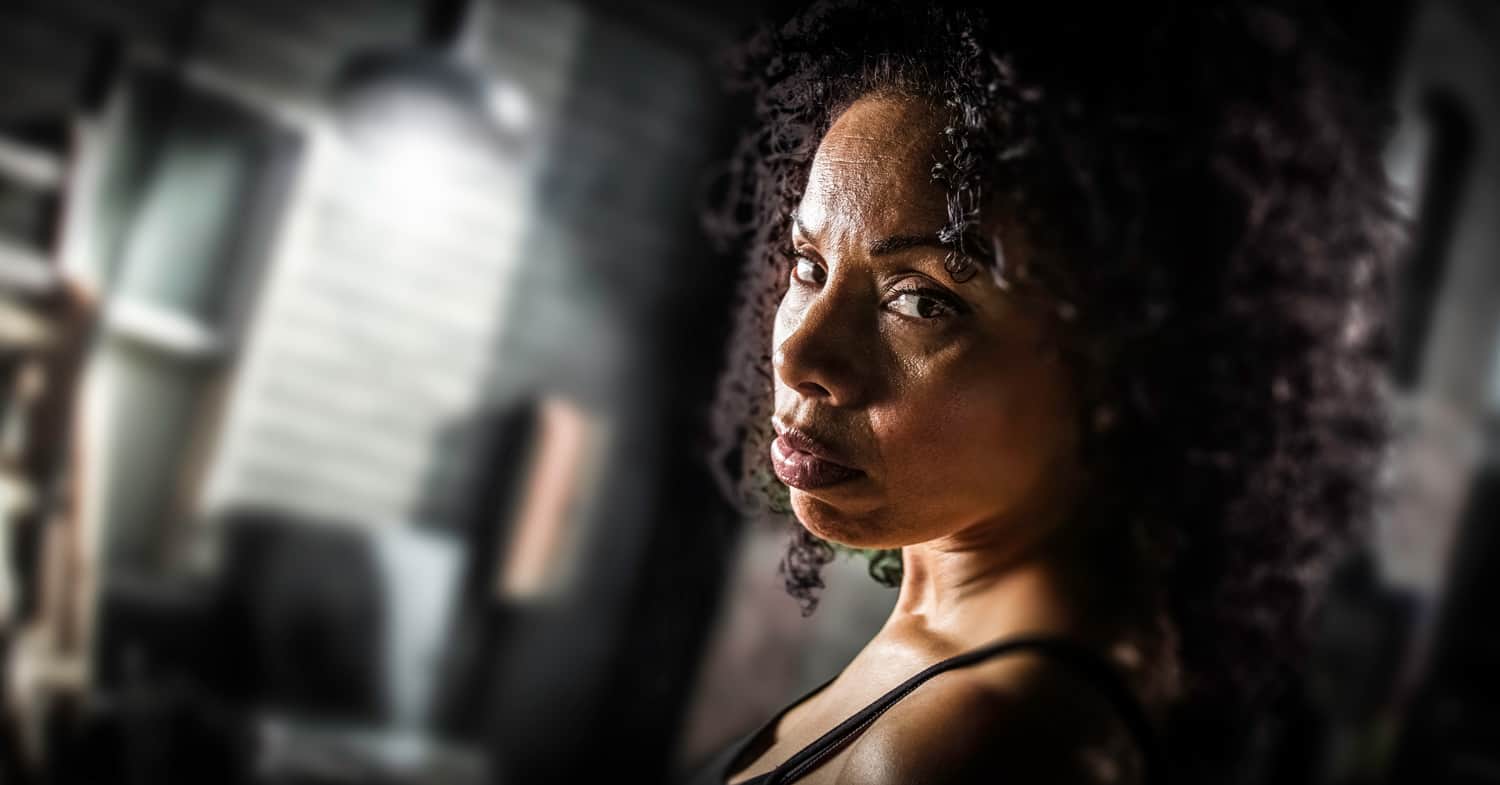It would make sense that lighting a subject would involve aiming a light at the subject and turning the light on. While this rather direct approach works some of the time, it often makes harsh shadows and creates a very unnatural look, especially when that light is the key light.
Remember that good lighting involves making shadows, provided those shadows are in the right place. In real life, we humans are able to determine depth and distance because we have two eyes. Our eyes work together, each one seeing an object from a slightly different angle. When our brain puts these two images together, we are able to see depth. This process, called triangulation, helps us determine the distance between objects or the distance from an object to our face. Incidentally, the closer an object is to our eyes, the more depth sensitive we are and the farther away it is, the more difficult it is to determine depth. For example, if you hold your finger at arms length and move it 12 inches toward your face, your brain will detect that change in distance much more than if a friend, standing 100 feet away, moves his finger 12 inches closer to you.
It is for the same reason that it is difficult to tell how far away stars are relative to each other. The angle between the stars to our left eye and the stars to our right eye is so narrow, that we can’t tell how far away they are from us, or from each other.
Unfortunately, a camera doesn’t have depth perception because it only has “one eye…” the lens. So, in order to create depth, you have to use shadows, and shadows are created by lighting.
There are good shadows and bad shadows. Bad shadows are created when a light casts a harsh shadow of the subject onto the background, which draws the audience’s attention to the presence of the light. Good shadows are created by proper light placement, resulting in contrast… one side of the subject is brighter than the other. Instead of shadows being cast on the background, shadows are created by the object itself, on itself, like the earth and the sun. One side of the planet is always in the light and the other side is always in shadow.
The transition between the bright and dark sides of a subject’s face is called the “wrap around.” A harsh, distinctive line between the bright and dark sides of a subject’s face is called a hard wraparound, whereas a soft, transition from dark to light is a soft wraparound. Famous female movie stars of the 1940’s and 1950’s look glamorous because of soft wraparound.
You can create a soft wraparound by increasing the size of the light source – by adding a large diffusion in front of the light, reflecting light off a white piece of foam core (available at an office supply store), wall or other reflective surface. The larger the light source and the closer to the subject, the softer the wrap around. Learning these lighting techniques will greatly improve the quality of the movie image.


